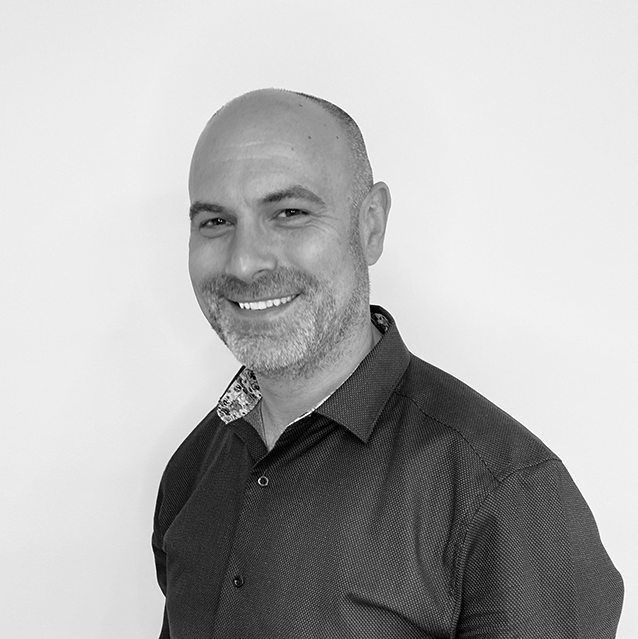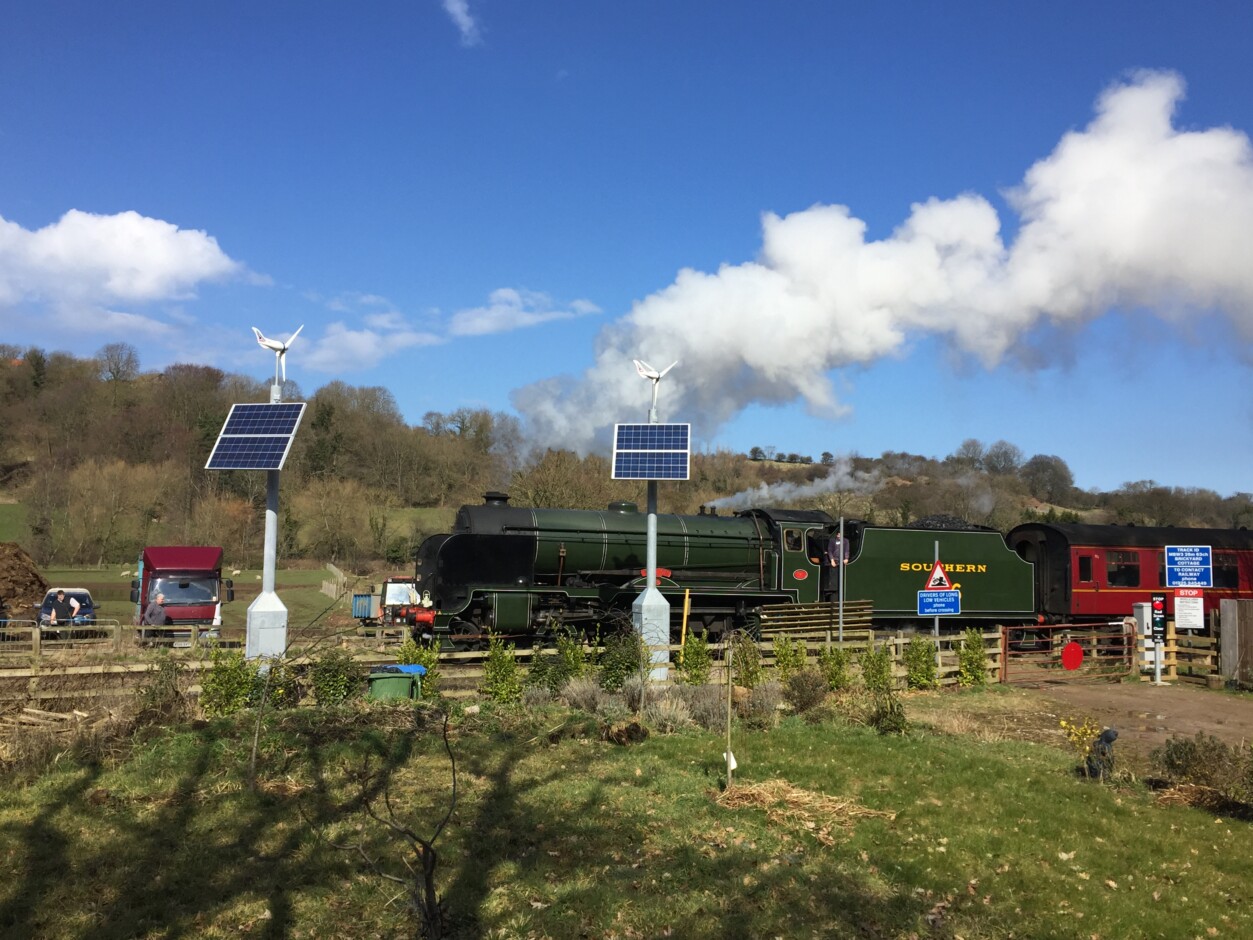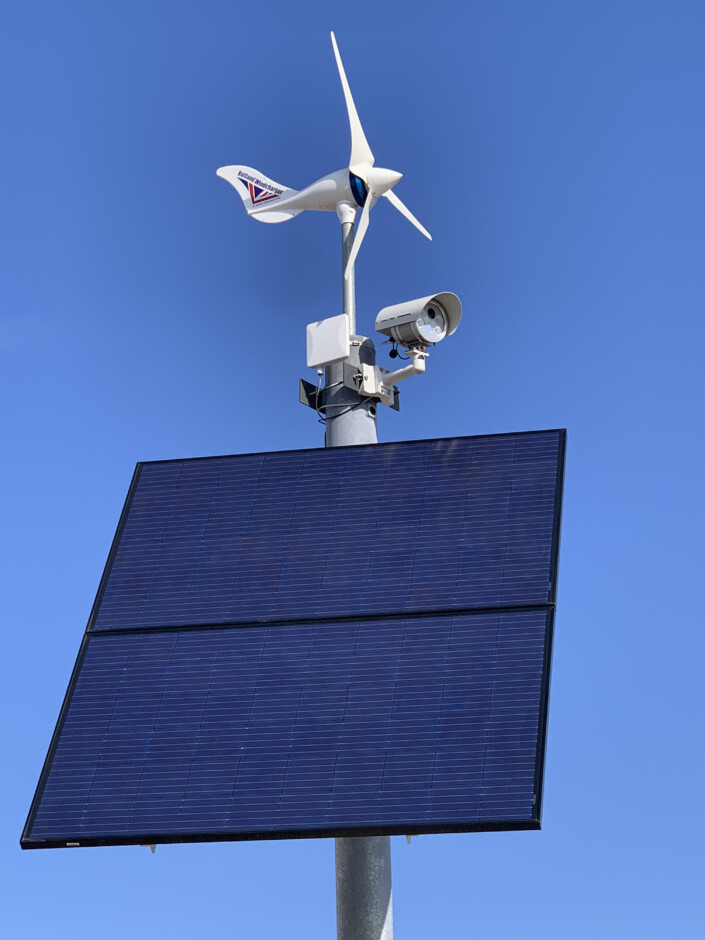Sustainability in the Rail Sector
Stuart is the Sales Director at Marlec Renewable Power. He has a wealth of experience in off- and on-grid power generation, concentrating on PV and micro wind power. His role enables him to work closely with small and large-scale renewable installers and contractors to provide complete, turnkey power solutions bespoke for customers’ requirements.

What does sustainability mean to you?
Sustainability works on a community level, especially with so many people worldwide gaining a passionate interest in how they can contribute to a sustainable movement. So sustainability has become something that brings people together just as much as it represents a global fight against the climate crisis. One of my favourite aspects of my role revolves around the people I work with, whether my colleagues at Marlec or external clients. Yes, we’re talking about business, but the projects we’re working towards and the collaboration it takes to bring the work to fruition are rewarding because of the sustainable underpinning that drives everyone’s aim.
Tell us about Marlec
Marlec came into the world in 1978 in Rutland, hence the name of our Rutland Windcharger range. Our founder, John Fawkes, had begun investigating battery charging methods on farmland in electric fencing applications. And now we have the Rutland Windcharger, a wind-driven battery charging generator.
These days, especially given the advancement in renewable technology over this time, Marlec have its hand in a much wider variety of applications. The products, models and system components we provide and manufacture are just as varied as their applications and are all designed for off-grid battery charging. We have projects based worldwide in some of the planet’s most challenging climates ranging from Antarctica to the Sahara Desert. Regarding rail applications, Marlec provides wind, solar, or hybrid energy-generating systems to power various signs and lighting to the rail industry. We provide a range of kits for pedestrian level crossing applications, track lubrication systems, CCTV, sensors and IOT systems across the network.
Which sectors do you work in?
Uses for the Rutland Windcharger quickly diversified, and they were soon seen on ocean-going yachts, remote telecommunication sites, static caravans, rail networks, isolated homes, navigational buoys and clinics in Africa. Our heritage and expertise in renewable energy enable us to provide a turnkey design service for our customers. If you need to run your equipment off-grid, we can configure and supply a complete power system for application to give you reliable year-round power generation. We have provided systems for powering traffic equipment, remote CCTV installations, rural broadband sites, seismic activity sensors and hundreds of other applications.

What is your USP (Unique Selling Point)?
We are the UKs longest-standing renewable energy company and have our products operating in around 53 countries worldwide. It’s rare, too, to find products that were developed in the UK and then manufactured in-house, like our Rutland Windchargers. Solar panels have become a common sight in the UK in the last few years; Marlec has been stocking and supplying them into the market since 1985! Our customers enjoy that we were founded in the UK and still craft our products in the original factory.
The idea that local service provides better customer service isn’t lost on us, and we’re proud that we are in such a knowledgeable position to advise and assist our clients. Plus, we have a dedicated Green Systems team of renewable engineering experts. The team take on design-based projects and works to provide bespoke systems using the latest software and technology. They have an unrivalled knowledge of the Marlec product range and their real-life application.
What types of companies do you collaborate on projects with?
All companies across all industries and markets may find themselves in need of a power supply solution. The business may have purchased the camera, solar panel and micro-wind turbine for CCTV applications, requiring support in harmonising the system. Within the rail sector, companies we work with could offer security services, track safety equipment, level crossing equipment, or remote monitoring. All we need to know is the power requirements of the load and the location. From there, we can design the energy system. We find today that more and more equipment is made to be super energy efficient, meaning there’s more scope to power more devices from low-power renewables.
When a client comes to you with a particular problem, what’s your process for coming up with a solution, and how closely do you work with clients through the projects?
We work to provide a bespoke service for all of our clients, so the process of meeting and working together could look different each time. Sometimes we will visit sites in person to access the energy requirements ourselves because we can test client equipment to retrieve accurate data; other times, we have customers who are just as excited by renewables as we are and can provide us with a deal of information over the phone. The whole process entirely depends on how much support the client requires, and we have the tools to meet wherever those needs sit on the spectrum.
Because of the types of products we offer, occasionally, members of the public will get in touch simply for advice regarding their energy system rather than wanting to purchase anything. In cases such as this, we appreciate that education is essential to the business’s relationship with the public, and we’re happy to help.
How has the market grown since the company was established?
The market has grown exponentially. This may be due to the increased interest in the renewable sector and the boom in technology. Because tech is so much more advanced these days, access to a broader range of applications is much more advanced too. As mentioned earlier, advancements in solar panel efficiencies have allowed small-scale systems to take on higher power demand. The markets are growing because the public has become naturally more exposed to renewables as an energy alternative today. Everyone knows someone with a PV array on their home, and most people are driving past one of our Rutland Windchargers powering speed signs on their daily commute. There is an awareness that the tech works.
What are your plans to ensure your services are still around for years to come?
We invest a huge amount of time in new products, which requires patience from concept to production, but is necessary to stay ahead of the curve. We’re currently developing our next generation of Rutland Windchargers and are investigating the latest technology in battery storage, and our R&D team is constantly innovating. We only work with the latest solar technology regarding the range of models we stock and supply in the UK.
What are some of the biggest challenges the sector currently faces?
Our main challenge comes from bad press and public misconceptions. Because renewables are trendy, we see many systems deployed that aren’t ours that aren’t specified correctly or installed properly. The resulting systems do not meet the customer’s energy requirements. Bad press and damaging misconceptions are what hurts the reputation of renewables.
What are some potential solutions?
By upholding the company’s values of honesty and integrity, we offer no delusions as to what solar and wind systems can manage. Our honesty is born from a proper understanding of the technology and how the systems are designed to operate.
Do you think the rail industry could be greener and what is your organisations green strategy?
We have just secured our position as a carbon-neutral company by offsetting our scope 1 and 2 carbon emissions. A great deal of the energy used on site is generated using renewables. Solar charges our electric company cars, our lighting and any surplus is stored in our batteries.
Concerning the rail market, the rail industry could be greener. But barriers come from accessibility in getting product approval. A by-product of the entire process is time and cost, so what once could have been a relatively affordable concept becomes more expensive after approval has been granted. At the same time, I respect the reasoning behind the policies in place, but we can’t escape the fact that it does make the rail sector less accessible to new technology.
At some point, every company will face the question of how to continue maximising earnings from their current business practice whilst also investing enough in innovation to turn a profit. How can a company achieve the necessary creativity to innovate without compromising their existing business?
We suggest (although it’s not easy) investing in the right people from the get-go. The right people with the correct skillset and knowledge. It’s essential to allow the R&D team time and freedom to innovate. It allows them to feel like their workspace is creative and innovative. Marlec works to encourage those working in research and development to pursue projects they are passionate and excited about because if you’ve chosen the right person, their passions and interests will crossover with the businesses. Plus, we are active across various industries. We aren’t reliant on one singular market.

Special thanks to Rail Professional Magazine for conducting this interview. You can read the published Q+A in their July 2023 Issue.